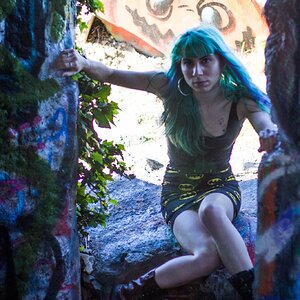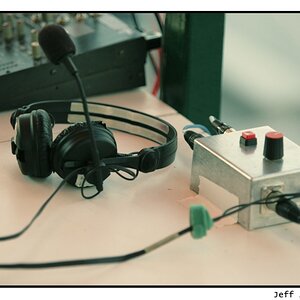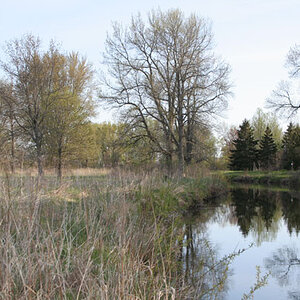blackrose89
TPF Noob!
- Joined
- Nov 14, 2011
- Messages
- 1,451
- Reaction score
- 265
- Location
- South Florida
- Can others edit my Photos
- Photos OK to edit
I'm from the US, south Florida, and from what IAm reading there seems to be no clear cut answer on if you need consent. If you're taking a photo at a ball park, how could you possibly be expected to get consent from 20,000 people? I know the law in the US stated that you are allowed to photograph anyone as long as you are in a public setting.How do you handle selling stranger photography?











![[No title]](/data/xfmg/thumbnail/31/31034-2d8812b75c0bd23fdc2c885c24194e1f.jpg?1619734580)

